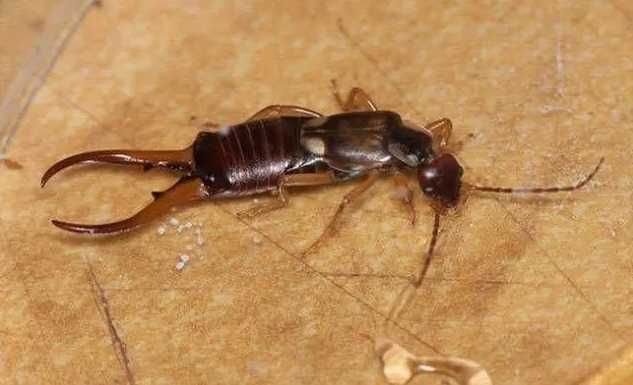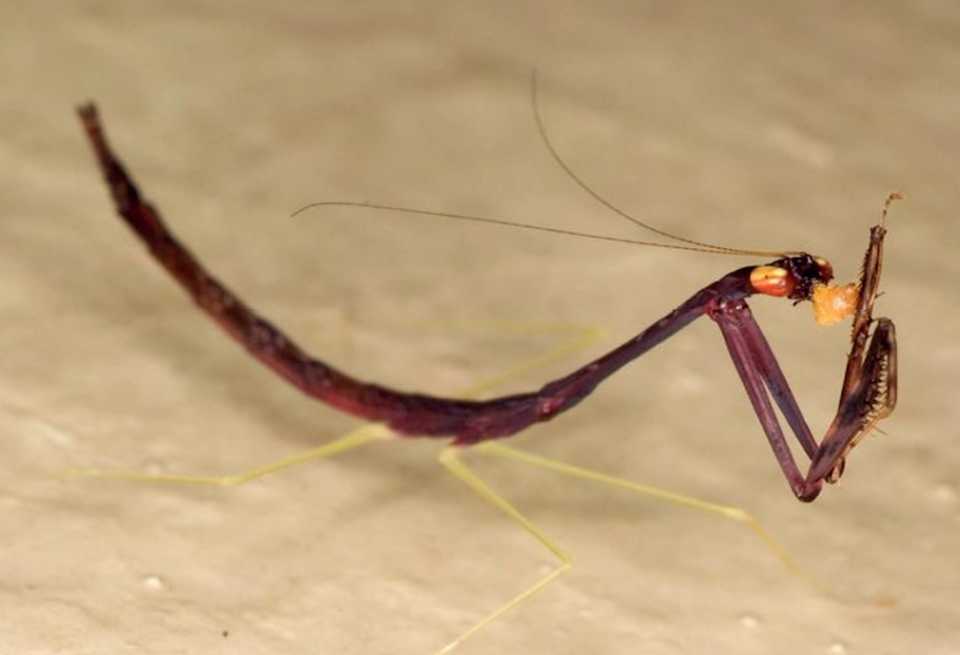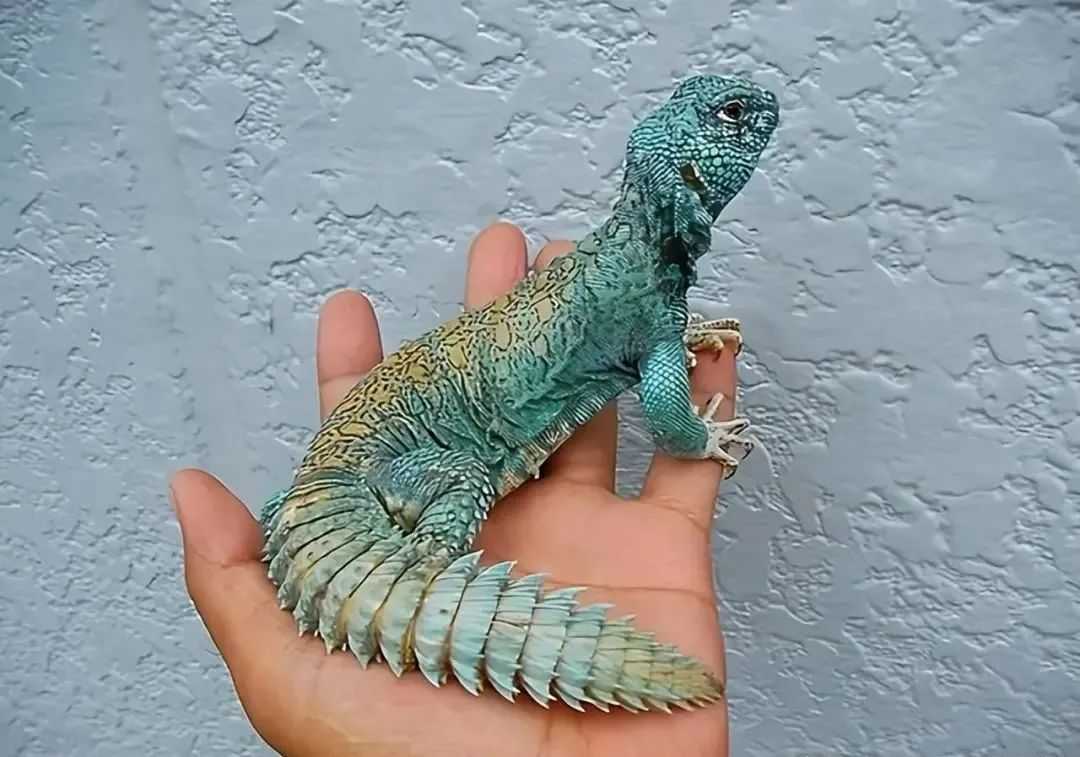The most striking feature of Leedsichthys was its body armor: a thick layer of keratinous scales, similar in structure to human fingernails, covered its entire form, providing robust protection against predators. This hard exterior allowed it to navigate ancient seas without fear of being targeted by large marine reptiles or other carnivorous fish. Despite its imposing size, Leedsichthys was a filter feeder, using its enormous gaping mouth to scoop up vast quantities of plankton and tiny organisms as it swam. Powerful fins propelled it through the water with surprising speed, enabling it to thrive in a world teeming with more aggressive species.
Though it shared the ocean with fearsome predators like ichthyosaurs and pliosaurs, Leedsichthys occupied a peaceful niche in the food chain, serving as a gentle giant that contributed to marine ecosystem balance. Its fossilized remains, though rare, have provided scientists with clues about the evolution of filter-feeding in fish and the dynamics of Jurassic marine life. While its armor and size may have inspired awe, Leedsichthys’s legacy lies in its role as a reminder that even the largest creatures can coexist with others by relying on adaptation 而非 aggression. As one of Earth’s earliest marine "gentle giants," it remains a fascinating example of nature’s diverse strategies for survival.










